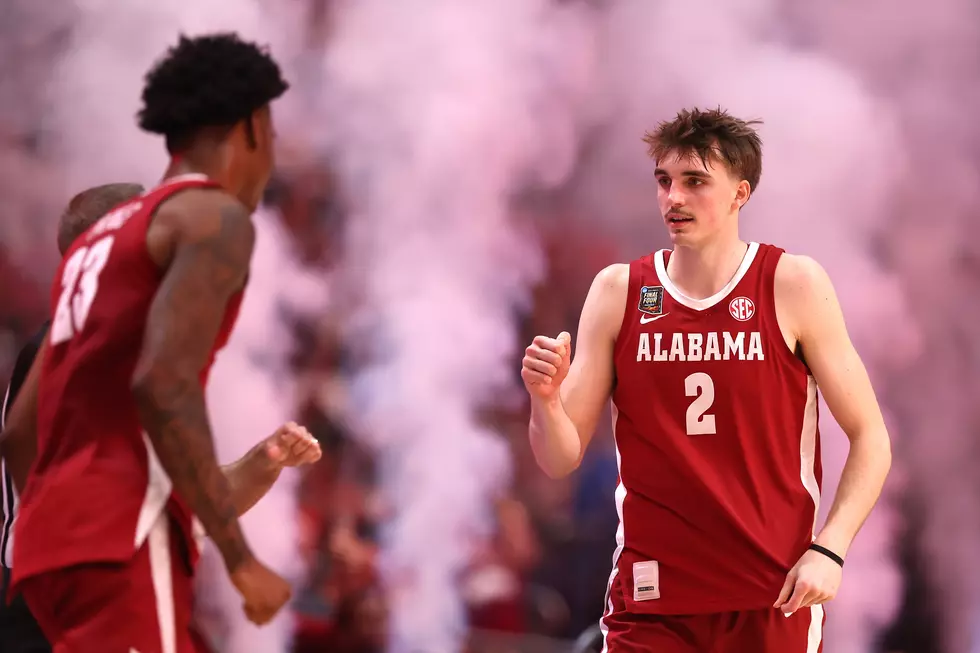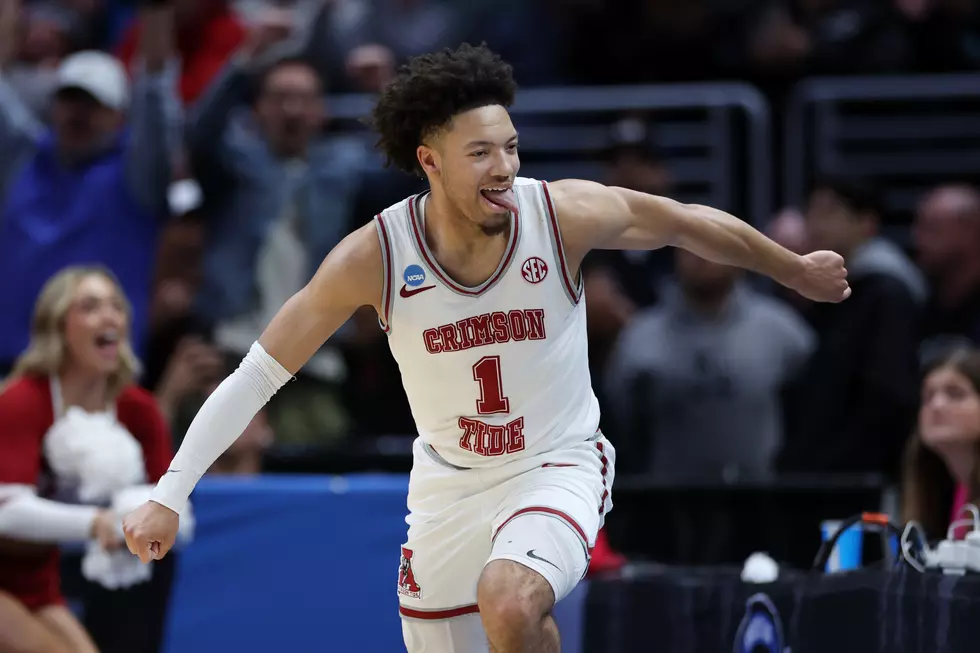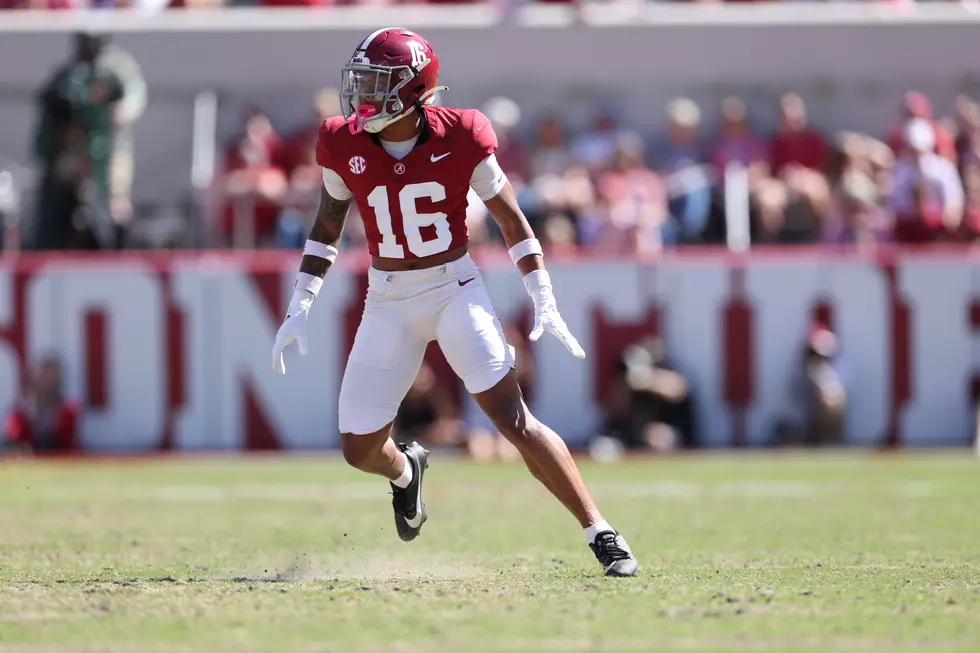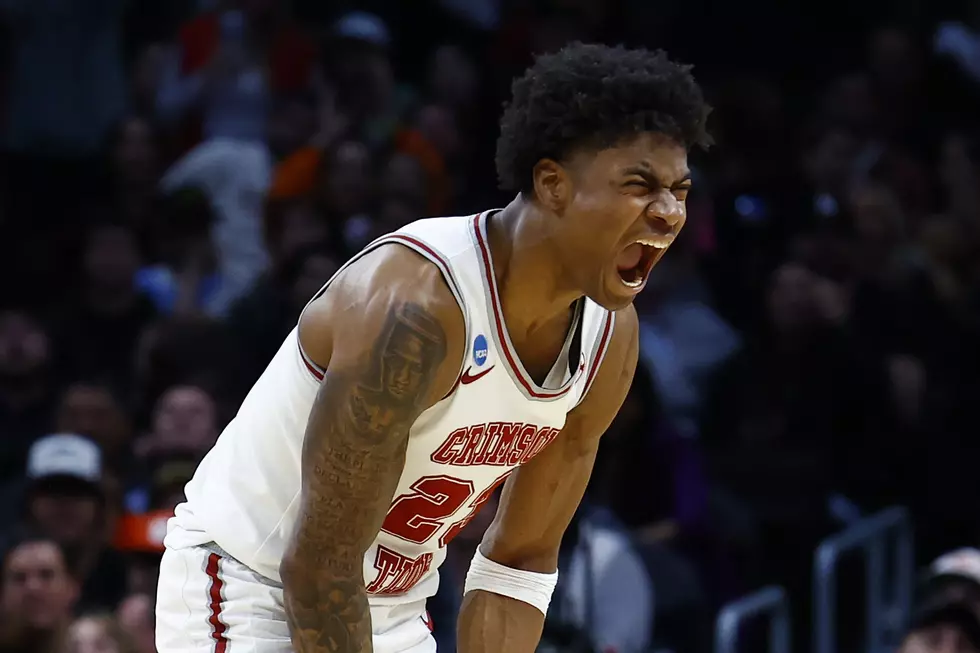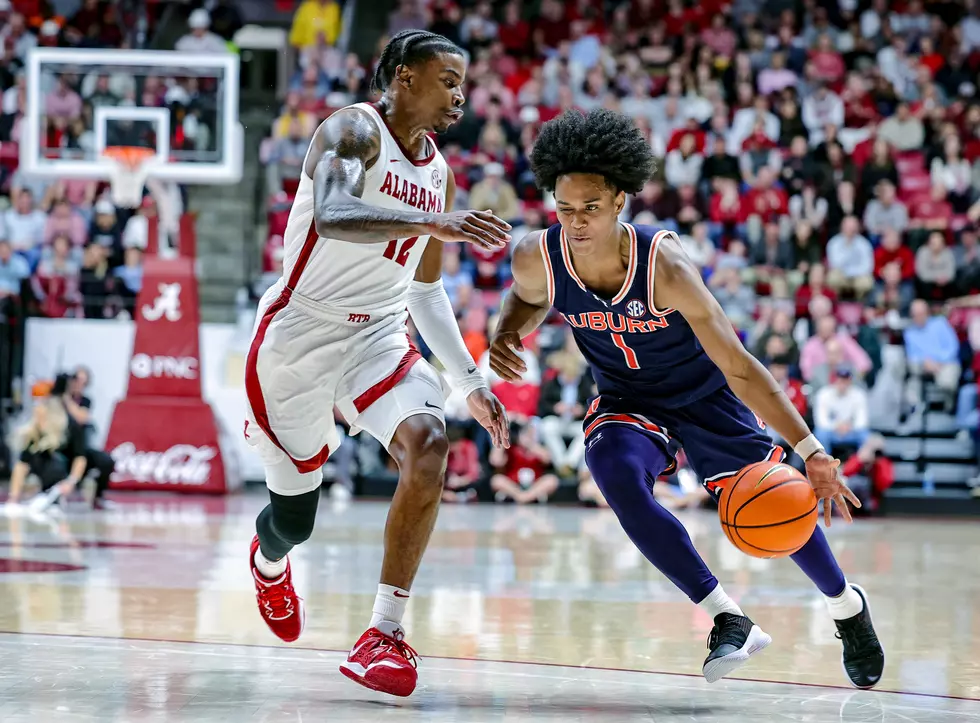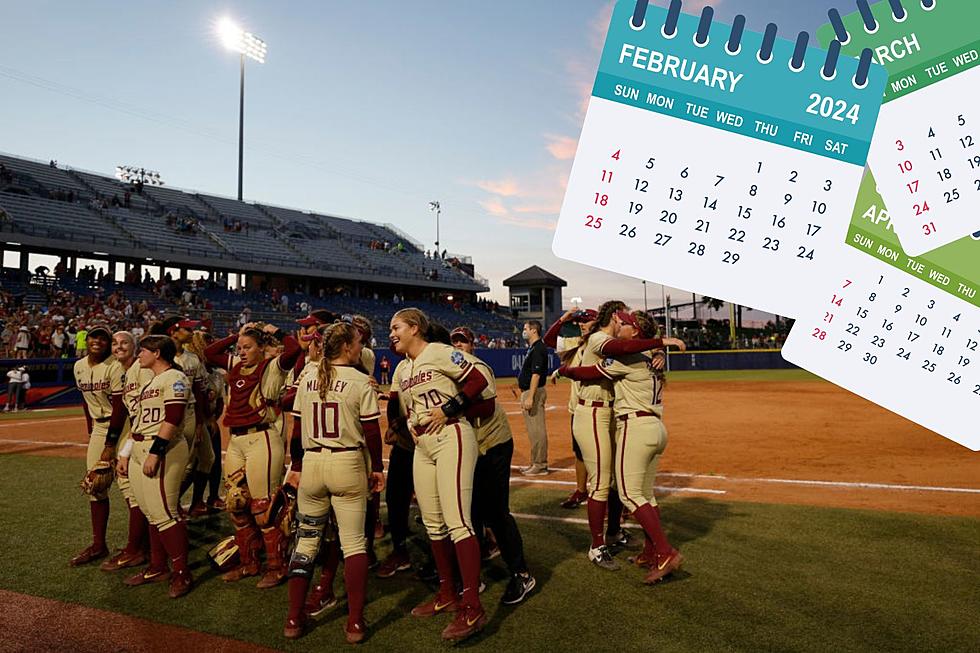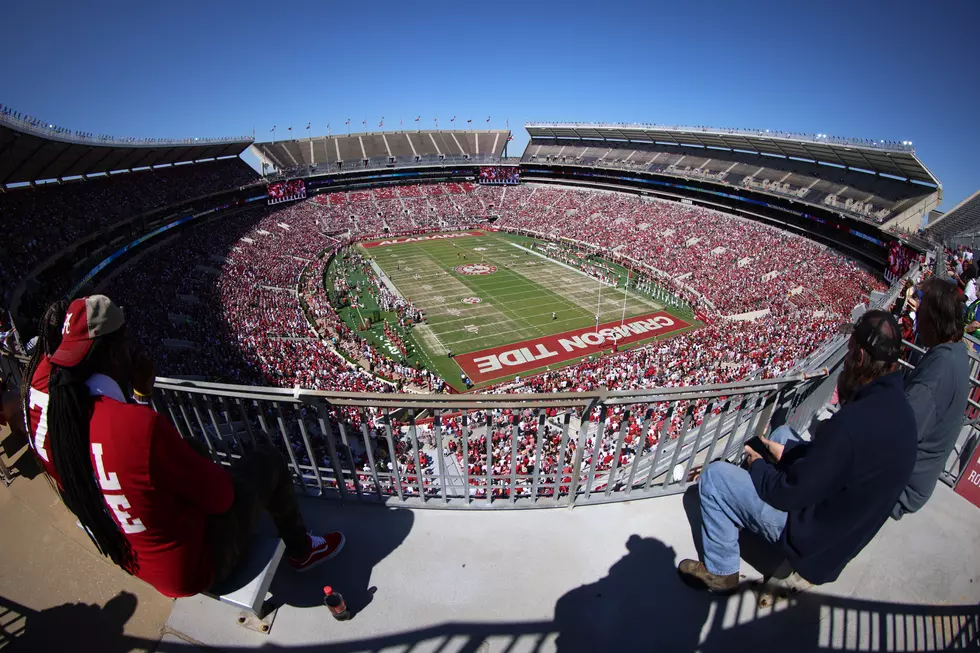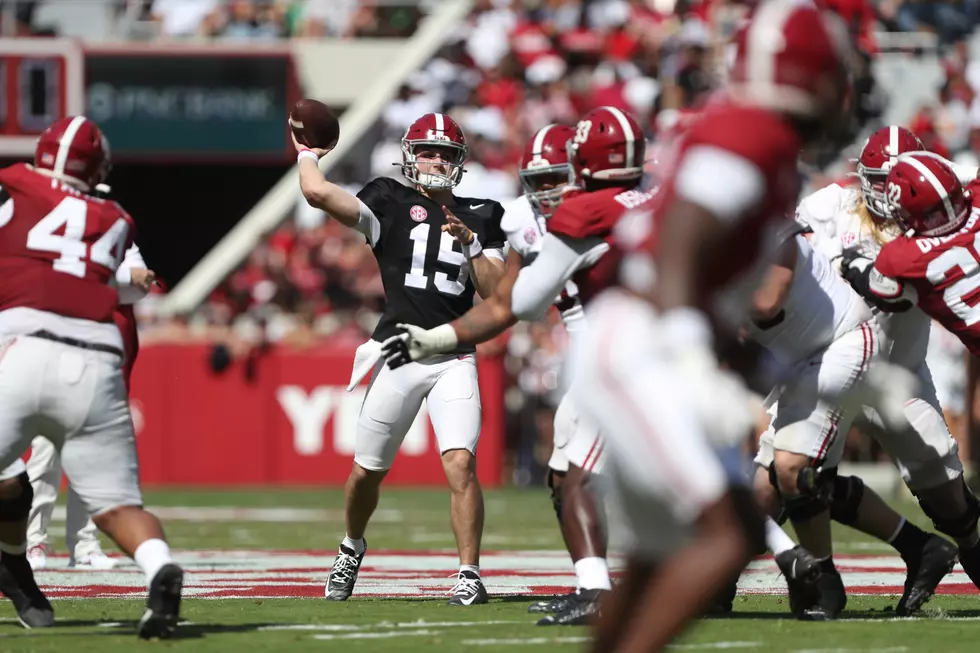
NCAA Recommends Capacity Restrictions For Baseball Regionals
As the days continue to go by, the world of sports is slowly opening back up and fans are rejoicing from all around.
Earlier this year, Alabama athletic director, Greg Byrne, announced that Bryant-Denny Stadium will be filled at 100 percent capacity instead of the 20 percent it was at this previous season. This previous weekend, the infamous A-Day spring practice game occurred. To fully experience a game day in Tuscaloosa, the stadium lifted the capacity percentage to 50 percent – allowing for 47, 218 spectators to witness the glory of Alabama football.
What does this mean for other college sports? Adam Sparks, a writer for the Nashville Tennessean, reported Thursday that the NCAA has recommended that regional and super-regional hosts allow a maximum of no more than 50 percent of capacity at stadiums. These guidelines apply to all spring sports, including baseball, softball, tennis, and track. Programs must keep in mind that these are only recommendations, not mandates that should be followed.
Programs should also take into consideration their corresponding state’s mandates. For instance, if a host school is in a state with the capacity mandate is at 25 percent, then capacity would not increase.

Surrounding states to Alabama such as Mississippi already opened up, allowing 100 percent capacity. Louisiana Governor John Bel Edwards announced that the state will be going into Phase 3 of their reopening plan, which allows for stadiums to hold 50 percent attendance – they are currently at 25 percent.
This brings to question the remaining home events that students must opt-in for a ticket. Will increasing the capacity percentage show an increase in students requesting tickets to events? The same for Alabama football – will 100 percent capacity mean normal game-day operations, such as tailgating on the Quad?
Alabama Baseball's Career Batting Average Leaders
More From Tide 100.9
